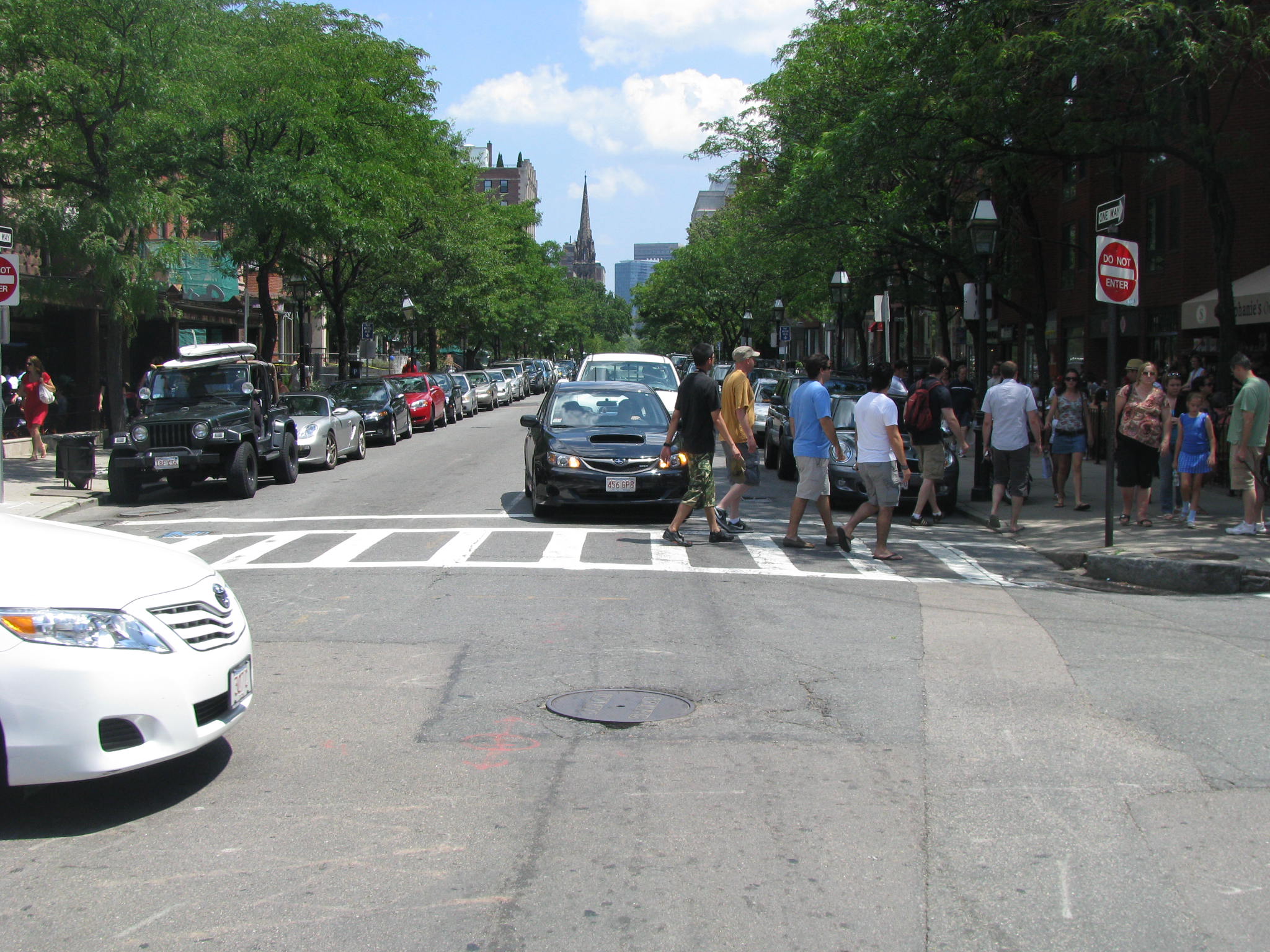
Copenhagen train station, us and lots of bikes.
Obesity is an increasing problem in this country. There are many contributors, including our sedentary jobs, more time spent in front of our computers, video games and television and our convenient lifestyles in general. I’m not saying those factors are evil. They are just a fact of life. I watch television, my job involves researching and writing while sitting in front of my computer and I get to go to the grocery store when I run out of food instead of farming my own food. The need to counter-balance those sedentary factors, therefore, is important for all of us. And incorporating walking and biking into our everyday errands when we can helps with that quest for that balance.
Many people, unfortunately, live in neighborhoods that do not offer walkable conveniences. (I will get on my urban planning soap box about that in a later post). It is even more appalling to see neighborhoods that were purposely built without sidewalks (again, a rant for another time). But biking is an option, since you can cover more ground on a bike than on foot. Biking to go get bagels on Saturday morning (instead of getting in the car) saves gas, is good for your body and allows you to wave at your neighbors as you pass by.
Walking and biking, instead of using your car, requires a commitment. You will need to allow for more time, dress appropriately and take a backpack to carry things. I’m not saying you have to give up your car, but biking and walking when you can benefits all the parties involved. And it’s good practice for when society might have a bigger motivator for using our cars less: scarce and expensive fuel. (Again, a topic for another time).
I’ll cover the second interconnected component to getting people on their bikes, cities providing safe bike lanes and trails, in part two. In the meantime, you can check out the initiatives the Rochester Cycling Alliance has to improve the biking infrastructure in our city.






No Comment